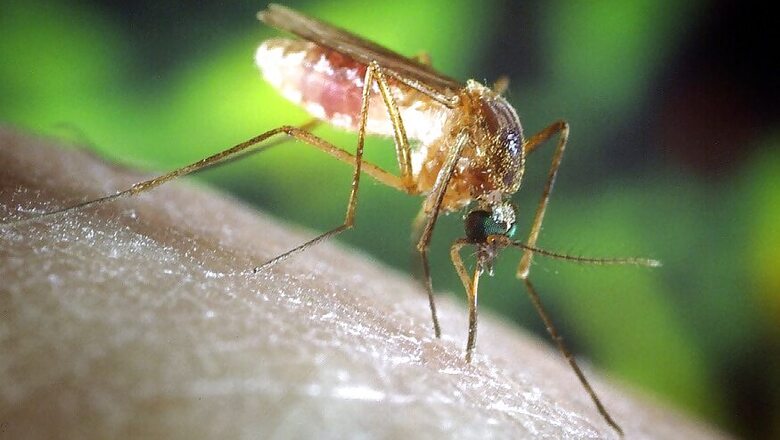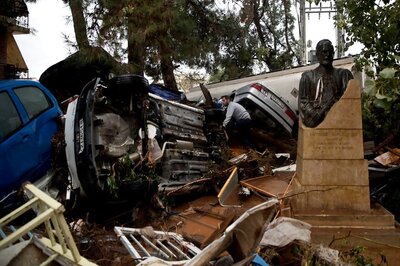
views
In South Asian countries, the dengue outbreaks have been severe this year. Bangladesh saw panic, with people urgently seeking blood, information on which hospitals had available beds, and complaining about the rising prices of mosquito repellants. United Nations Development Programme (UNDP) reported that on a single day in August, nearly 2,500 dengue patients were admitted in hospitals in the country, breaking all records. It has been the worst outbreak in the country’s history.
Dengue is typically a tropical disease occurring in the monsoon season whose symptoms typically begin three to fourteen days after infection. This may include high fever, headache, vomiting, muscle and joint pains, and a characteristic skin rash. The dengue virus has five different types, each of increasing severity. Infection with one type gives lifelong immunity to it and short-term immunity to the other types. The dengue virus isn't contagious and can't be spread from person to person. Recovery generally takes around two to seven days. However, if the disease is not diagnosed and treated on time, it may turn out to be fatal in nature.
Among an estimated 2.5 billion people at risk for dengue, 70 percent of them are in the Asia-Pacific region.
The numbers are telling:
• Philippines declared an epidemic, with 622 deaths, and dengue affecting a staggering 146,000 people.
• In Thailand this year, the numbers doubled from last year to 20,000 cases, with children suffering the most.
• From January to August, 200,000 people in Sri Lanka contracted dengue, and more than 100 died.
There is no specific treatment for dengue, but early detection and proper medical care can lower mortality to below one percent.
Changing patterns of rainfall, humidity and temperature linked to climate change are leading to longer breeding spells for the mosquito species that carries the virus, and shortening disease incubation times, reported UNDP.
Governments are responding to these outbreaks. Emphasis has been on effective vector control, mass media awareness campaigns, and strengthening health systems to deal with the increasing numbers of patients.
However, preparedness is key, and early warning systems are essential to increase our ability to predict, detect early and respond to outbreaks. Vietnam is pioneering a system that can serve as a model for other countries. The country is using satellite data on precipitation and atmospheric pressure, combined with health and water information to produce a dengue-forecasting model designed for this new reality.
The initiative is supported by the UNDP, the World Health Organization, the UK Space Agency, HR Wallingford, the London School for Hygiene and Tropical Medicines, the UK Meteorological Office and Oxford Policy Management.
The innovative approach looks at dengue and the health effects of climate change as an interaction between the environment and public health.
















Comments
0 comment